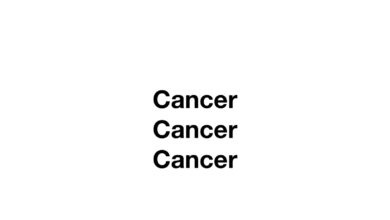”PREVALENCE OF CANCER SURVIVORS IN THE U.S.”

Unfortunately, every year millions of people are diagnosed with cancer. As I said in a blog published in 2021, it’s the diagnosis everyone dreads because it is associated with so many bad things. The ultimate outcome of cancer far too often is death. But thanks to medical schools nationwide, more and more cancer specialists are being trained to care for the patients with a malignancy. And it is these same medical schools who are supporting research into the causes of cancer and the development of new, more effective treatment protocols. We can also thank the pharmaceutical industry for its tireless efforts to develop new chemotherapy agents that effectively target cancer at the cellular level, and destroy the cancer without sickening the patient.
The good news in all of this is that it is having a positive impact on the survival of patients, and the prevalence of people surpassing the five-year survival threshold is definitely improving. The benchmark for beating cancer during my practice years was the 5-year survival rate. If a patient was cancer-free five years after initial cancer diagnosis, he was considered cured. I’m uncertain if that measure is still a valid parameter because advancements in treatment have prolonged a lot of cancer patients lives, and some who survive beyond five years still have a recurrence and die.
An article in the July 2024 issue of the Journal of the National Cancer Institute discusses cancer survival. The authors estimate as of January 2022, there were “18.1 million cancer survivors in the United States.” This number is expected to increase to 21.6 million in 2030, and to 26 million in 2040, “a 40% increase” over 16 years. Seventy percent of the 18.1M have survived more than 5 years and 11% have survived for 25 years or longer. That’s remarkable! If you look at people by age, 36.4% of adults 100 years or older are cancer survivors, and of men age 85 and older, 48.3%, nearly half, are cancer survivors.
“Improvements in screening, diagnosis, treatment, and supportive care have led to longer survival….and the number of cancer survivors has been increasing steadily over the past 50 years.” Patients who have undergone chemotherapy and/or radiation therapy have survived cancer, true, but the late effects of treatment are consequences the patient must accept as necessary for survival. These late effects such as fatigue, frailty, cognitive impairment, neuropathies, infertility, arrhythmias, heart failure, etc. are new hurdles requiring much medical attention. They can be just as disruptive as the cancer.
“Cancer survivors are growing in number.” That’s a good thing, but sacrifices are often necessary to be a survivor. Cancer treatment, be it surgery, chemo, or radiation, is never easy, and life is altered when cancer is found. Life remains altered after cancer is survived, too. We must be thankful for improvements in detection, treatment, and survival because cancer makes surviving a challenging task.
References: Markman M. Cancer Survivors: A Rising Population with Big Implications. Medscape Oncology 2024 December 30.
Tonorezos E, et al. Prevalence of Cancer Survivors in the United States JNCI:J of Nat Cancer Inst 2024;116(11):1784-1790.



